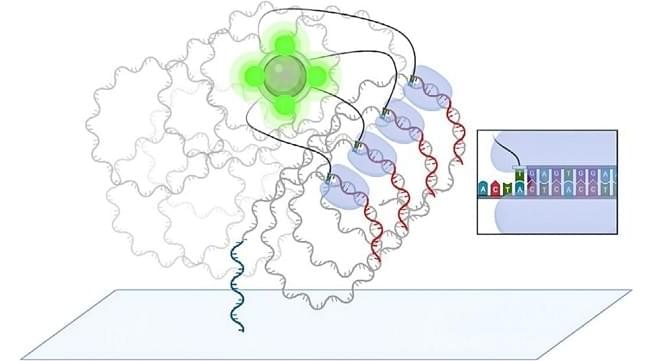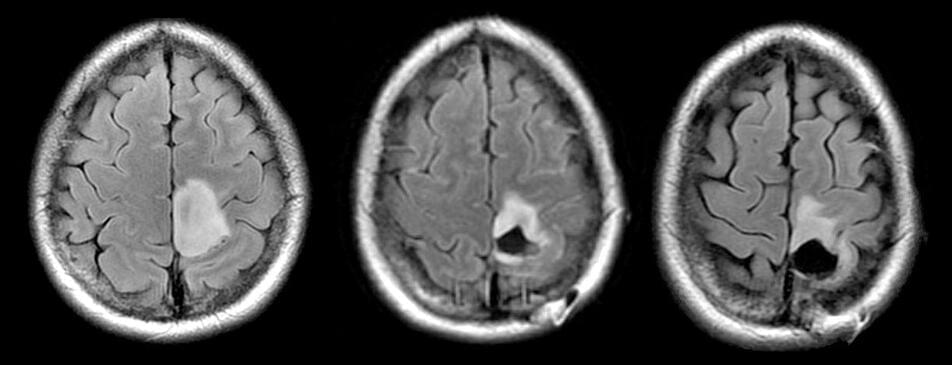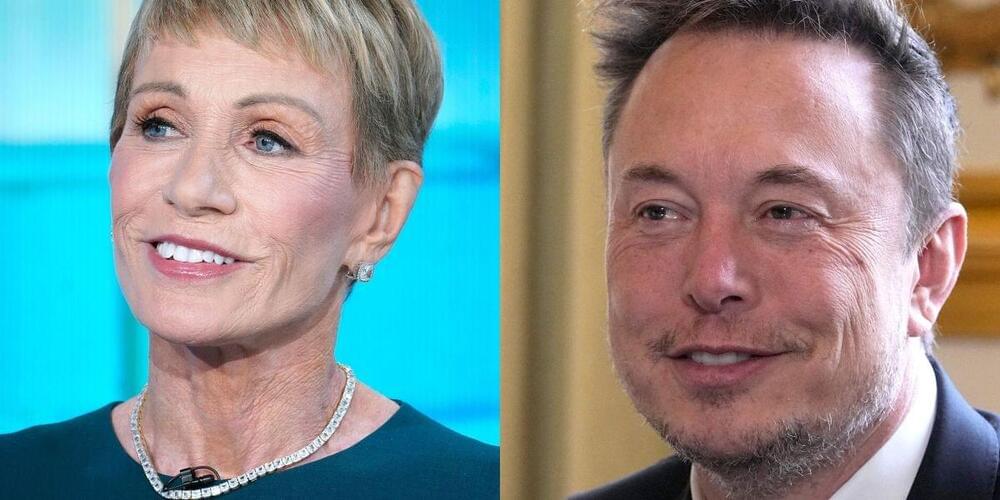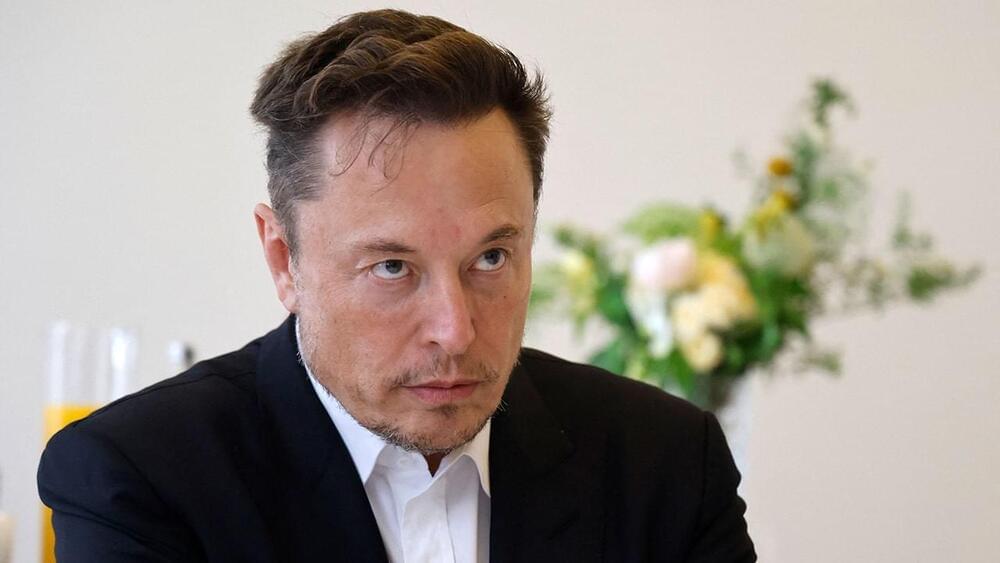Binding reagents may lower error rate compared to sequencing by synthesis by.
Laurel Oldach


In this video we explore the potencial risks that threat the stability and the survival of our civilization. Reviewing past civilizations collapses like the Bronze Age Collapse and the fall of the Roman Empire and see if any of the signed that led to past collapse exists today.
- Bronze age collapse.
- Roman Empire collapse.
- Alarming signes today.
Links:
Quora blog: https://spacefaringcivilization.quora.com/
Amazon Author page: http://amazon.com/author/ronfriedman.
My Website: https://ronsfriedman.wordpress.com/
How to support the channel:
Get $5 in NDAX (Canadian Crypto Exchange): https://refer.ndax.io/vm1j.
Buy Escape Velocity short stories collection:
Support with Ethereum or Plygon donation: sciandscifi.nft



Musk criticized Twitter’s safety and content moderation team’s handling of tweets about a documentary called “What is a Woman?” (Ludovic Marin/Pool?AFP via Getty Images / Getty Images)
In confirming her resignation, Ella Irwin wrote, “So one or two people noticed that I left Twitter yesterday. I know there’s been a lot of speculation regarding what happened. Was I fired? Did I quit?”
She added, “I did resign but this has been a once in a lifetime experience and I’m so thankful to have worked with this amazing team of passionate, creative and hardworking people. Will be cheering you all and Twitter as you go!”

The theory of evolution, worked out in the nineteenth century by Charles Darwin and Alfred Russel Wallace, with many tweaks since, is one of the most well-supported theories in science.
Evidence from a wide range of disciplines backs up the basics of the theory. Or, as paleontologist and historian of science Stephen Jay Gould put it in an essay in the May 1981 print issue of this magazine, the theory of evolution is “one of the best documented, most compelling and exciting concepts in all of science.”
For the rest of us, one interesting and sometimes confusing aspect of evolution is the difference between convergent and divergent evolution. Here’s a quick explanation.

Even space and time if it’s quantum.
What will be the ultimate fate of our universe? There are a number of theories and possibilities, but at present the most likely scenario seems to be that the universe will continue to expand, most mass will eventually find its way into a black hole, and those black holes will slowly evaporate into Hawking Radiation, resulting in what is called the “heat death” of the universe. Don’t worry, this will likely take 1.7×10106 years, so we got some time.
But what about objects, like stellar remnants, that are not black holes? Will the ultimate fate of the universe still contain some neutron stars and cold white dwarfs that managed to never get sucked up by a black hole? To answer this question we have to back up a bit and talk about Hawking Radiation.
Stephen Hawking famously proposed this idea in 1975 – he was asked if black holes have a temperature, and that sent him down another type of hole until Hawking Radiation popped out as the answer. But what is Hawking Radiation? The conventional answer is that the vacuum of space isn’t really nothing, it still contains the quantum fields that make up spacetime. Those quantum field do not have to have zero energy, and so occasionally virtual particles will pop into existence, always in pairs with opposite properties (like opposite charge and spin), and then they join back together, cancelling each other out. But at the event horizon of black holes, the distance at which light can just barely escape the black hole’s gravity, a virtual pair might occur where one particle gets sucked into the black hole and the other escapes. The escaping particle is Hawking Radiation. It carries away a little mass from the black hole, causing it to glow slightly and evaporate very slowly.


University of Washington researchers have discovered they can detect atomic “breathing,” or the mechanical vibration between two layers of atoms, by observing the type of light those atoms emitted when stimulated by a laser. The sound of this atomic “breath” could help researchers encode and transmit quantum information.
The researchers also developed a device that could serve as a new type of building block for quantum technologies, which are widely anticipated to have many future applications in fields such as computing, communications and sensor development.
The researchers published these findings June 1 in Nature Nanotechnology.